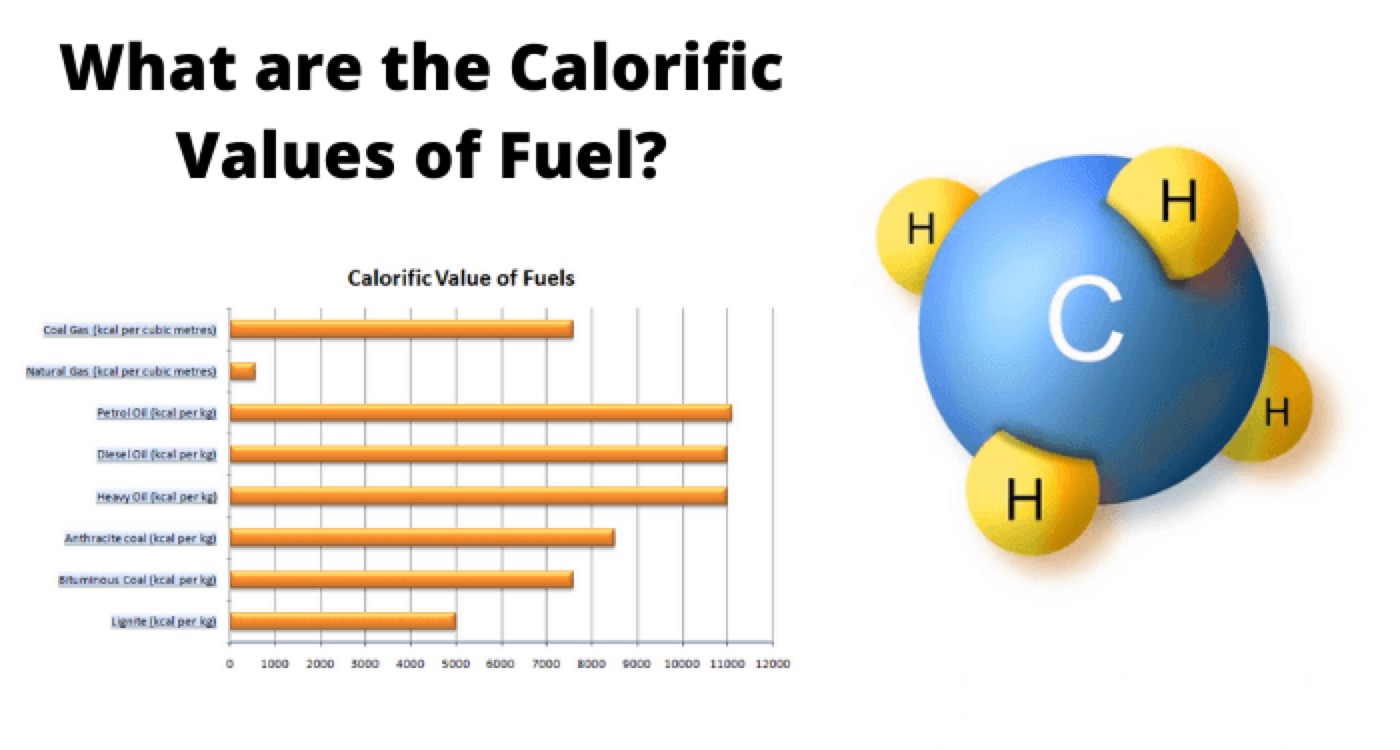Calorific Values of Fuel

When we generate electricity in steam power plant we have to burn fuel like coal, petroleum oil or flammable gases. The fuel can be considered as such a raw material for producing electricity in any kind of thermal power generating plants. So the quality of the fuel used in a thermal power generating plants plays a vital role in that sense. The calorific value of a fuel determines the quality of the fuel. We define the calorific value of a fuel as the amount of heat produced by complete combustion of one unit of the fuel. The unit we consider in this case may be of weight or volume depending on the type of the fuel. In case of solid fuel like coal we use weight unit and in case of liquid and gaseous fuel, we can use volume unit for the purpose.
We define the calorific value of coal as the amount heat in calories generated in the combustion of one gram of coal. So we express the calorific value of coal as calories per gram. We sometimes measure it in kilocalorie per kilogram. In this case, we measure the weight of the coal in kilogram and we express the generated heat in kilocalorie. In case of liquid and gaseous fuel, we can express calorific value in calories per litre or kilocalorie per litre.
Let us look at calorific value of some well known fuels.
Lignite has a calorific value of 5000 kcal per kg.
Bituminous coal has a calorific value of 7600 kcal per kg.
Anthracite coal has a calorific value of 8500 kcal per kg.
Heavy oil has a calorific value of 11,000 kcal per kg.
Diesel oil has a calorific value of 11,000 kcal per kg.
Petrol oil has a calorific value of 11,110 kcal per kg.
Natural gas has a calorific value of 560 kcal per cubic metres.
Coal gas has a calorific value of 7600 kcal per cubic metres.

Statement: Respect the original, good articles worth sharing, if there is infringement please contact delete.
Blake is an electrical engineering leader with 20+ years of expertise in imaging technology innovation. Former CTO of a global scientific camera manufacturer, he now drives strategic R&D and CCD-to-CMOS transitions at Jingtu Optoelectronics. His career combines technical excellence in precision instrumentation with cross-disciplinary team leadership across global markets.













